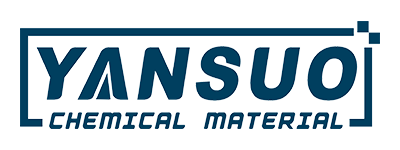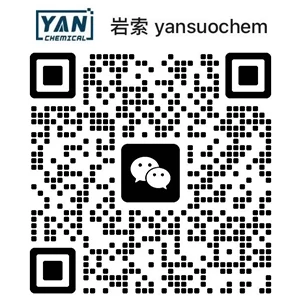The emergence, development, and future prospects of UV light curing technology
UV curing technology, as an innovative technology with epoch-making significance, has been widely applied and developed worldwide since its inception in the 1960s. This technology is known as a new technology for green industry in the 21st century due to its unique characteristics of environmental protection, energy conservation, and high efficiency.
Generate background
UV light curing technology originated from the discovery of the light curing effect in the late 19th century. In 1946, the American company Inmont obtained the first patent for UV curable ink, marking the beginning of the practical application of UV curable technology. In 1968, the first generation of UV cured wood coatings developed by Bayer AG in Germany was mainly used for furniture coating, marking the beginning of the practical application of UV curing technology.
Development history
The development of UV curing technology has gone through several important stages. In the 1970s, the American company Inmont obtained a patent for UV curable ink, and UV curable technology began to rapidly develop worldwide. In the mid-1990s, with the emergence of efficient photoinitiators, UV curable inks had substantial application development and played an important role in the manufacturing of printed circuit boards (PCBs).
After entering the 21st century, due to the continuous improvement of people's environmental awareness and the strengthening of environmental supervision in various countries, the application fields, scope, and depth of UV curing technology have been significantly expanded. UV curable materials have been maturely applied in various fields, such as wood coating, plastic product coating, electronic and electrical product coating, glass decoration, etc.
In China, research on light cured wood coatings began in the 1970s, and several furniture coating production lines were established. However, due to a shortage of raw materials at the time, the light source and curing equipment could not be matched, and these production lines were ultimately unable to sustain. In the 1990s, with the deepening of reform and opening up and the rapid development of multiple industries, China began to introduce advanced UV curing technology, materials, and equipment from abroad, promoting the development of the domestic radiation curing coating industry.
Technical advantages
UV light curing technology has the characteristics of rapid curing, energy saving, and environmental protection. By absorbing photons of specific wavelengths through photoinitiators, free radicals or cations are generated, which trigger polymerization and crosslinking reactions of monomers and oligomers, and generate a network structure of polymer in a very short time, achieving curing. These advantages have enabled UV curing technology to be widely applied in various fields such as coatings, inks, adhesives, etc.
Future prospects
With the continuous introduction of environmental regulations and the proposal of "carbon peak and carbon neutrality" goals, UV coatings, as low VOCs products, are expected to receive more attention. The industrial chain is expected to extend upstream in the industry, with continuous innovation in product technology, making the application cost of UV curing technology lower and more efficient, and giving birth to more diverse application scenarios for UV curing technology.
The emergence of UV LED technology has brought new development opportunities to the field of UV light curing. UV LED light sources have the advantages of no preheating time, instant use, no mercury pollution, small equipment size, energy saving, long service life, and no ozone generation. These characteristics have led to the rapid development and popularization of UV LEDs in the current environment of energy conservation, environmental protection, and VOC control.
summary
From the perspective of environmental protection and sustainable development, UV curing technology is undoubtedly a revolution in the coatings and printing industry. It not only reduces the emission of harmful chemicals, but also improves production efficiency, which is of great significance for addressing global climate change and environmental degradation. With the continuous advancement of technology, the application scope of UV curing technology will further expand, and it may play a role in more unexpected fields.
In addition, with the continuous emergence of new materials and technologies, UV curing technology itself is also constantly evolving. For example, the development of UV LED technology not only improves curing efficiency, but also reduces energy consumption and environmental pollution. This technological advancement is not only beneficial to the environment, but also brings economic benefits to related enterprises, achieving a win-win situation between environmental protection and economy.
However, the development of UV curing technology also faces some challenges, such as raw material costs, technology popularization, and standardization. To promote the further development of this technology, close cooperation between the government, enterprises, and research institutions is needed to jointly address these challenges.
In short, the future of UV light curing technology is full of hope. With the global emphasis on environmental protection and sustainable development, UV curing technology is expected to become an important force in promoting industrial green transformation. With the continuous maturity and innovation of technology, UV curing technology will continue to play its unique advantages in various fields, making greater contributions to achieving green, low-carbon, and sustainable industrial development. In the future, we have reason to believe that UV curing technology will demonstrate its strong vitality in more fields and become an important force driving industrial progress.
Previous: No More
Next: Guide to Recommended Photoinitiator Models in the Common UV Curing Industry





